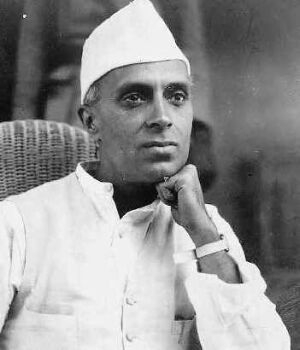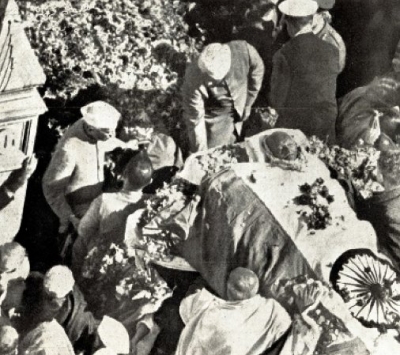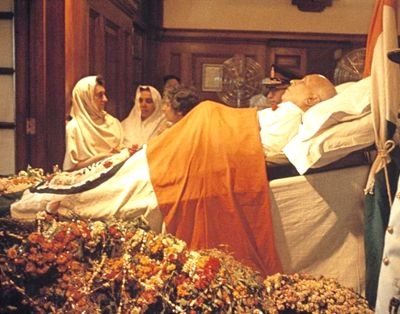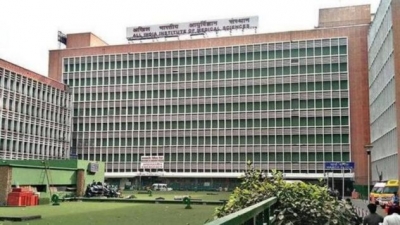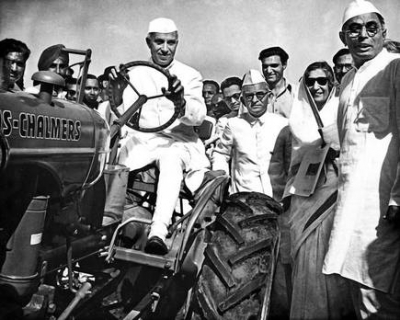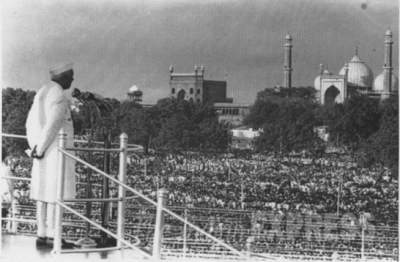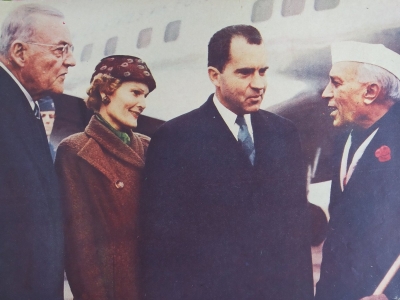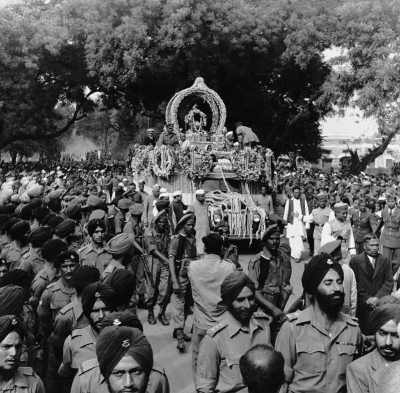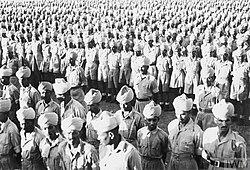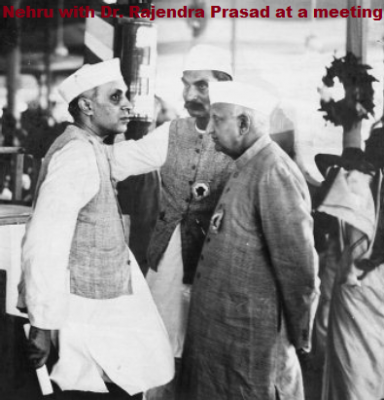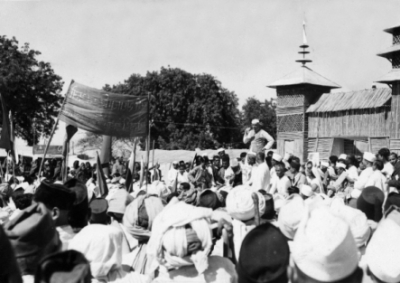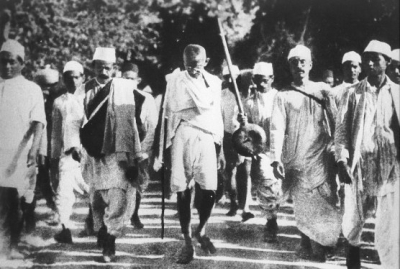How was Nehru a prolific communicator?
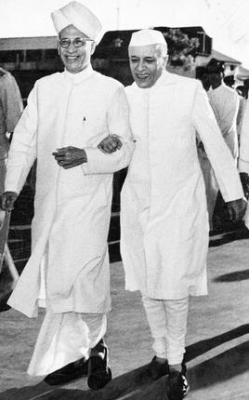
One of the greatest gifts of Jawaharlal Nehru was his ability to communicate. His ‘Tryst with Destiny’ speech, delivered on the eve of India’s Independence is widely regarded as one of the finest speeches of the 20th century. His political and campaign speeches established a deep connection with the masses and garnered votes as well as public sentiment for him.
Apart from his speeches and conversations, Nehru was also a prolific writer. His writings reveal his sensitivity, his deep moral sense and his vision. He wrote historical, autobiographical and political works, some of which have become classics, such as The Discovery of India, Glimpses of World History and Letters from a Father to his Daughter.
In addition, Nehru also made it a point to write fortnightly letters to the chief ministers of all the states of India. His letters covered law and order, national planning, advice regarding governance, corruption and world events. A few of these letters were collected and published as books such as Selected works of Jawaharlal Nehru and Letters for a Nation: From Jawaharlal Nehru to his Chief Ministers 1947-1963.
Nehru was a great promoter of the freedom of the press. He believed that having a free press was vital for the health of democracy and that it was necessary to criticize persons in authority.
He conducted regular interactions with the press and hosted Press Conferences every month at the Parliament House and later at Vigyan Bhavan. This was a unique event that lasted about 90 minutes where Nehru would answer questions pertaining to any issue that the journalists wanted to discuss.
These conferences were a vital communication between journalists and Nehru, and made the prime minister accessible and accountable to the public. These meetings were a testimony to Nehru’s style of governance which was open, accessible and accountable.
Picture Credit : Google
